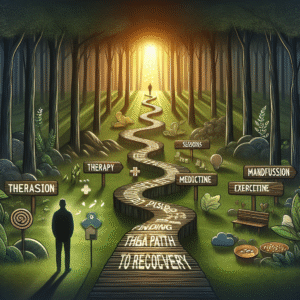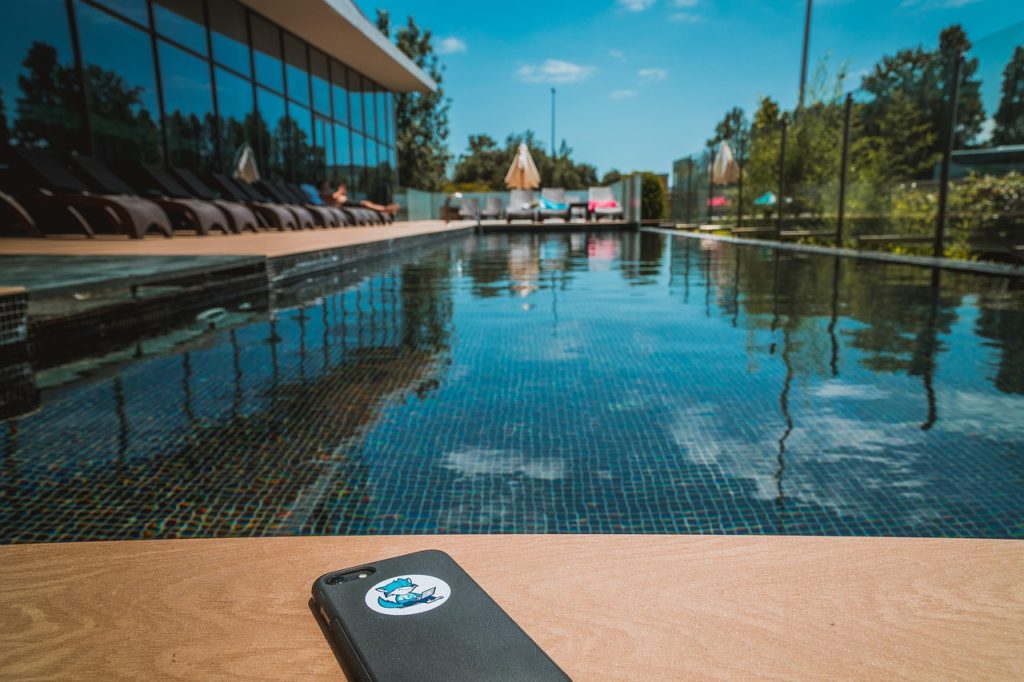Screens are everywhere these days, whether you realize it or not. Our phones, laptops, TVs, and watches are all common examples of the screens we interact with daily. While this technology brings us convenience, the constant digital stimulation can often take a toll on our mental health, our productivity, and overall well-being. Most people can admit they’re found themselves endlessly scrolling on Instagram or TikTok from time to time, even scrolling on news sites can affect your mind more than you think.
It’s important to take a digital detox every once in a while. It’s a conscious decision you make to reduce or eliminate screen time for a certain amount of time, which allows your brain time to reset and refocus. Even just seven days away from digital noise can lead to clearer thinking, less stress, better sleep, and better social interactions. Consider this 7-step guide to take you through a weeklong digital detox.
Why Digital Detoxes Are Important
Before you decide to do a digital detox, consider its benefits first.
- Improves mental clarity: Constant notifications and multitasking can overload your brain. A break allows your mind to rest and recharge.
- Reduces anxiety and stress: Social media and news can be overwhelming. Detoxing creates space for calm and contemplation.
- Enhances focus and productivity: Less screen time means fewer distractions and results in more intentional work.
- Better sleep: Blue light that comes from screens disrupts your circadian rhythm during sleep. Less screen time improves your sleep quality.
- Strengthens relationships: Being present with your loved ones creates deeper connections.
Day 1: Awareness and Preparation
- Track your screen time: Use apps like Screen Time (iPhone) or Digital Wellbeing (Android) to see where you spend most of your screen time.
- Identify problem areas: Is it social media, email, YouTube, or doomscrolling news? Be honest with yourself.
- Set intentions: What do you want to achieve: more focus? Less anxiety? Better sleep?
- Notify friends and colleagues: Let those close to you know that you’ll be less available online.
- Create a detox journal: Start documenting how you feel each day for reflection.
It’s important to set realistic goals and not to go cold turkey. Focus more on limiting screen access vs. just telling yourself not to use screens at all.
Day 2: Organize Your Digital Space
- Delete or disable non-essential apps: Social media, games, shopping, and news apps can go, at least for now.
- Turn off your notifications: Only allow calls or messages from essential contacts.
- Manage your home screen: Keep only productivity or wellness-related apps visible.
- Establish phone-free zones: The bedroom and dining area are good starting points.
On day 2, it’s important to remove digital temptations and remove your most distracting apps. Even using greyscale mode on your phone may make your apps less appealing to you.
Day 3: Replace Your Digital Time with Real-Life Activities
- Create a list of offline activities to do: Reading, walking, journaling, cooking, doing puzzles, or gardening.
- Schedule these into your day: Treat them like appointments. Don’t leave it to chance.
- Start a morning routine without screens: Stretch, meditate, read, or make tea before checking your phone.
Consider keeping a journal or a book nearby so that you have less impulse to reach for your phone. Fill the void of screen time by filling it in with real-life activities.
Day 4: Take a Break from Social Media
- Log out of all of your social media accounts. Better yet, delete the apps temporarily.
- Pay attention to how you feel: Is it boredom? Anxiety? Freedom? Write it down.
- Reach out in real life: Call a friend, have a face-to-face conversation, or write a letter.
Use this day to completely remove social media from your phone, even if you’re temporarily deleting the apps for the week. If you find yourself missing social interactions, consider reaching out to people in your life that you might need to check in with.
Day 5: Create a Mindful Evening Routine
- Set a digital curfew: No screens at least one hour before bed.
- Create a calming routine: Take a bath, write in your journal, read a book, or listen to music.
- Leave devices out of the bedroom: Use a traditional alarm clock instead of your phone.
Day 5 is dedicated to creating a mindful evening routine for you to unwind before going to sleep. Try dimming the lights in your room and avoiding stimulating activities like online shopping or checking your emails before bed. Going without significant screen time before bed can help improve your sleep quality.
Day 6: Practice Being Present
- Limit your multitasking: Try focusing on one task at a time. This means no scrolling during meals or conversations.
- Use the “Do Not Disturb” feature: Create uninterrupted blocks for deep work or relaxation.
- Take digital pauses: Leave your phone behind when going for a walk or running errands.
Practicing mindfulness and engaging your senses instead of looking at your phone or watching TV can help you remain present in your everyday life.
Day 7: Reflect on Your Findings and Redesign Your Digital Life
Take the last day of your 7-day experiment to assess your experience and make a sustainable plan for your digital life.
- Journal your insights: What did you learn? How did your mind and body respond?
- Decide what to bring back: Maybe one social app, but with time limits.
- Set digital boundaries:
- Limit social media to 30 minutes/day
- One screen-free hour each morning
- No phone use during meals or social time
- Try regular detoxes: Consider doing a mini detox weekly (e.g., no screens on Sundays)
Consider only reinstalling apps that will serve your life goals and bring you joy.






